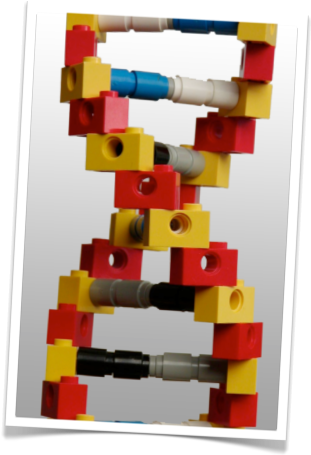Team:TU Delft/Parts
From 2010.igem.org
(Difference between revisions)
(→Parts) |
|||
| (12 intermediate revisions not shown) | |||
| Line 1: | Line 1: | ||
| - | {{ | + | {{Team:TU_Delft/frame_check}} |
| + | ==Parts== | ||
| + | [[Image:TU_Delft_Biobrick-catimg.png|200px|right]]We enabled our bugs to degrade hydrocarbons using ''standard biological parts'', also called ''BioBricks''. These are nucleic acid-encoded molecular biological functions, along with the associated information defining and describing the parts. You can find more information about this on the website of [http://biobricks.org/ The BioBricks Foundation]. | ||
| - | + | Using these molecules any synthetic biologist or biological engineer can program living organisms. [[Team:TU_Delft/Parts/biobricks|All our parts]] are available to anyone for free via MIT's [http://partsregistry.org Registry of Standard Biological Parts]. | |
| - | + | ||
| - | [ | + | After designing the parts, we operated them in ''E. coli'' cells. The methods we used are described on the [[Team:TU_Delft/Parts/characterization|Characterization]] page. |
| - | + | ||
| + | ===Continue reading:=== | ||
| + | |||
| + | *[[Team:TU_Delft/Parts/biobricks|BioBricks]] | ||
| + | *[[Team:TU_Delft/Parts/characterization|Characterization]] | ||
Latest revision as of 06:20, 19 October 2010
Parts
We enabled our bugs to degrade hydrocarbons using standard biological parts, also called BioBricks. These are nucleic acid-encoded molecular biological functions, along with the associated information defining and describing the parts. You can find more information about this on the website of [http://biobricks.org/ The BioBricks Foundation].Using these molecules any synthetic biologist or biological engineer can program living organisms. All our parts are available to anyone for free via MIT's [http://partsregistry.org Registry of Standard Biological Parts].
After designing the parts, we operated them in E. coli cells. The methods we used are described on the Characterization page.
 "
"
